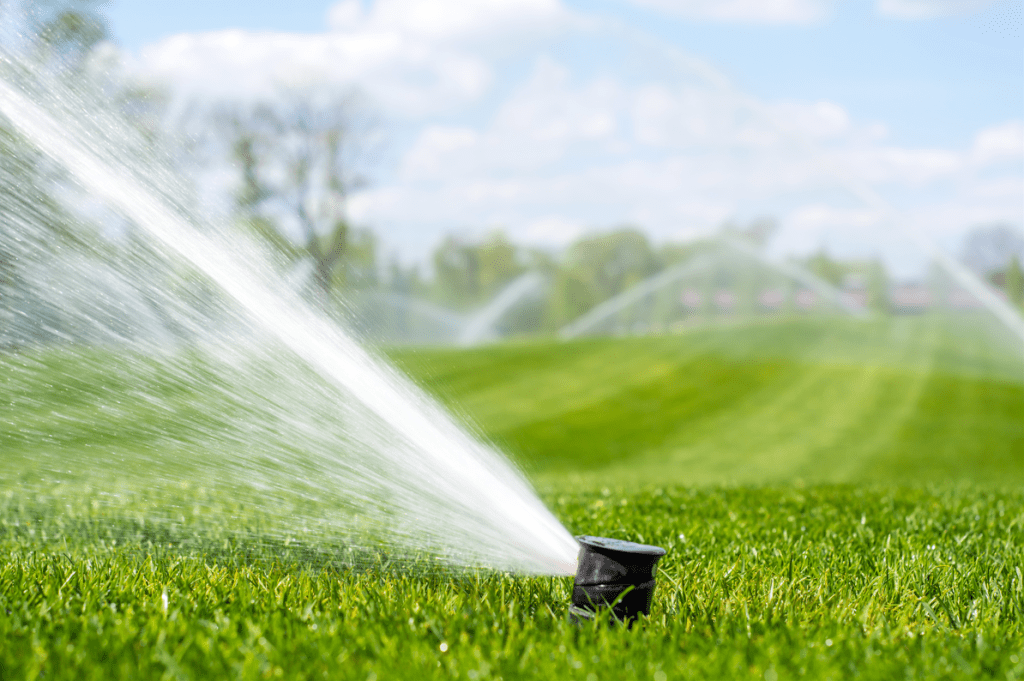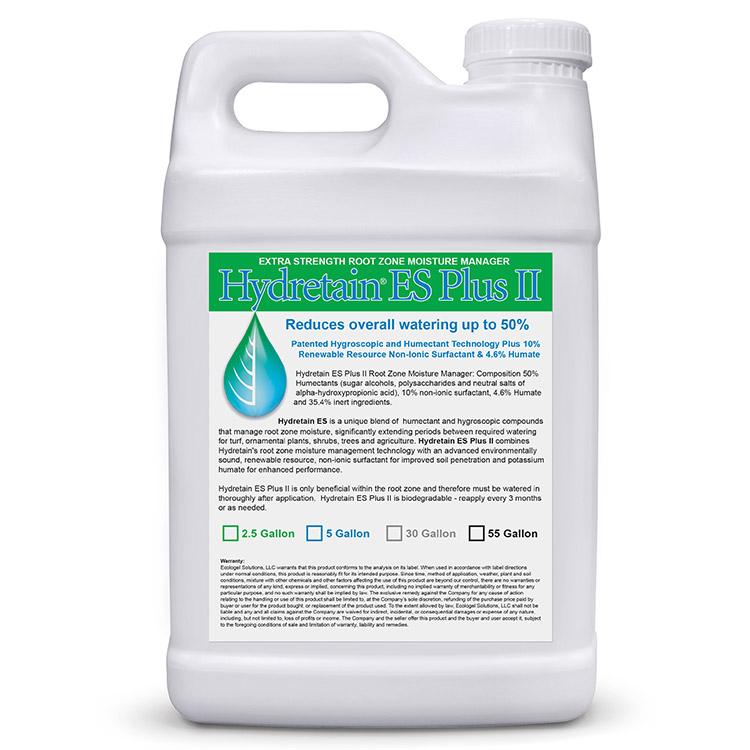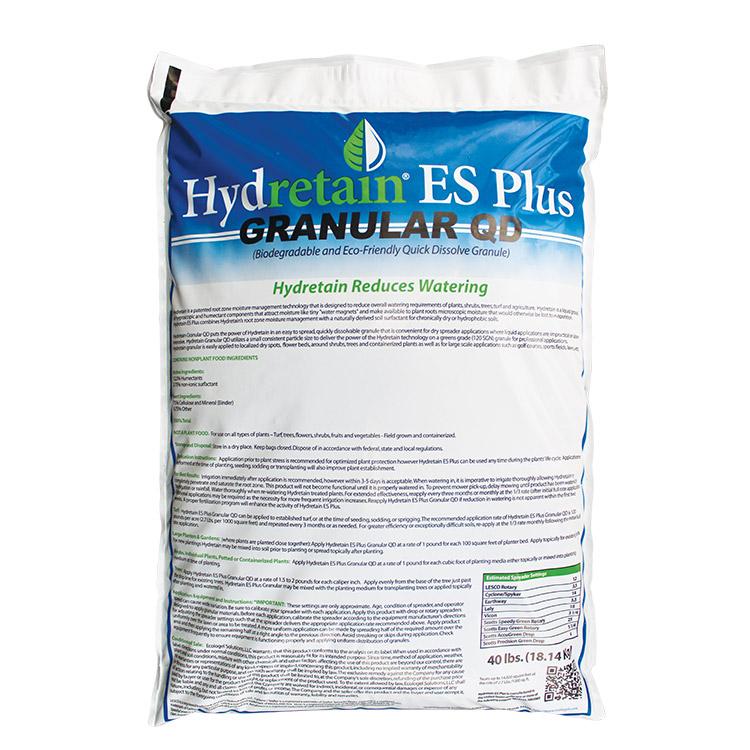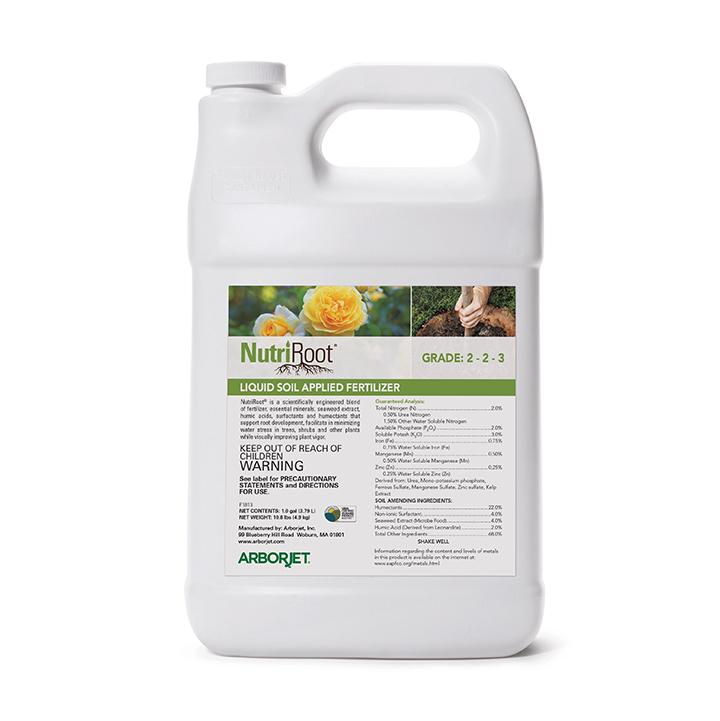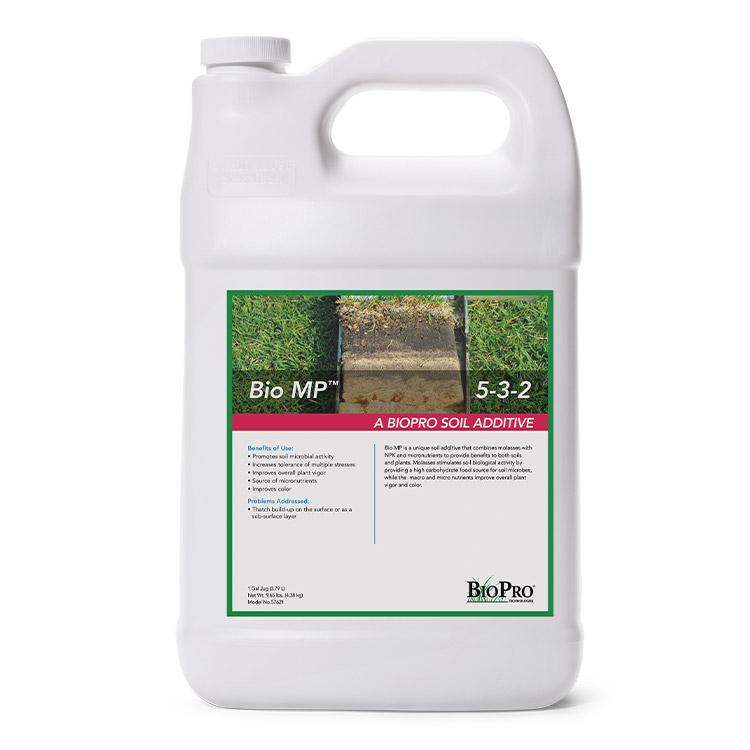Water management is often treated as an afterthought, but for green industry professionals, it’s a critical pillar of long-term success. Effective water management supports healthier landscapes, reduces costly losses, and positions your business as a trusted expert with your clients.
In this guide, we’ll cover what water management really means for professional landscaping and arboriculture, why it matters, and practical strategies you can implement to optimize time, materials, and labor.
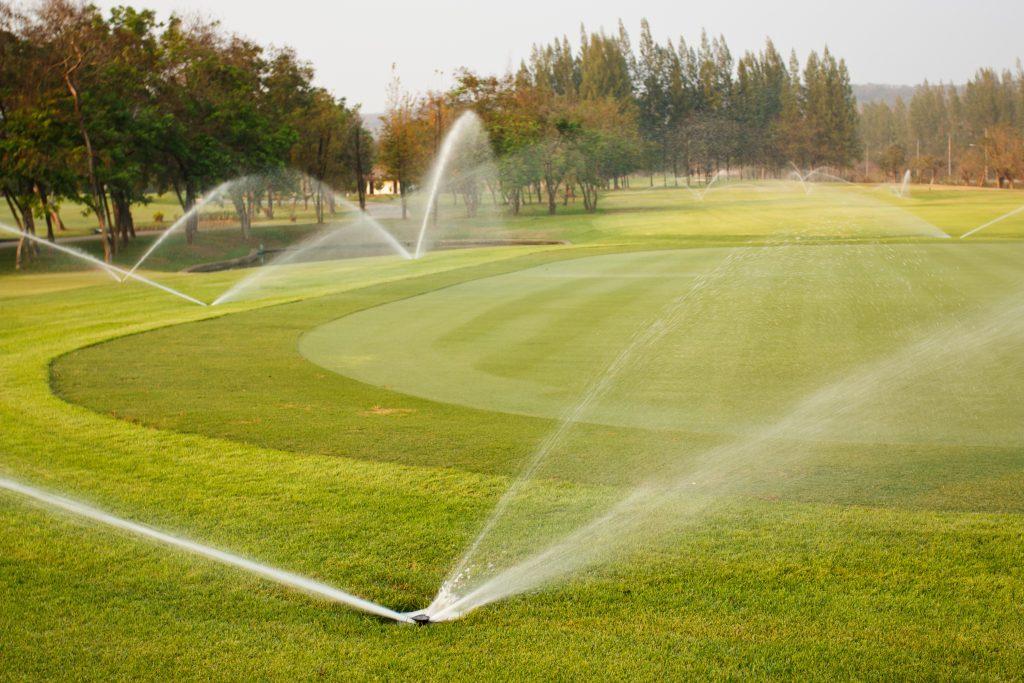
What Water Management Means for Professional Landscapes
Managing water isn’t just about conservation. It’s about making smarter, more strategic decisions across every element of a landscape – from plant selection to irrigation setup – to ensure optimal plant health with efficient resource use.
Here’s what professionals need to consider:
Landscape Design Choices
- Audit your plant palette: Conduct a full review of your plant selections. Native and climate-adapted plants require less supplemental water and are generally more resilient against local pests and diseases. Using the wrong plant in the wrong environment often leads to chronic stress and higher replacement costs.
- Group plants by watering needs: Grouping species with similar moisture needs reduces wasted water and avoids stressing drought-tolerant species with unnecessary irrigation. A thoughtful planting layout creates more predictable maintenance routines.
- Choose the right turf: Turfgrass can be a major water consumer. Make sure turf types are appropriate for your region’s climate. For instance, warm-season grasses like Bermuda or Zoysia are far better suited for hot, dry regions compared to cool-season types like Kentucky bluegrass.
Understanding Plant Watering Needs
- Adapt to plant maturity and seasonal cycles: Young plants and newly transplanted trees require more frequent watering compared to established ones with deeper root systems. Adjust irrigation schedules not only by season but also based on plant age to avoid both underwatering and overwatering.
- Proactively monitor conditions: Water needs aren’t static. Rainfall, humidity, soil temperatures, and plant health all factor into water demand, and staying responsive helps prevent both drought stress and disease outbreaks.
Efficient Irrigation Systems
- Install smart technologies: Modern irrigation controllers can adjust watering schedules based on real-time weather data, drastically improving water use efficiency and eliminating unnecessary watering after rain events.
- Routine system checks: Inspect irrigation systems seasonally. Look for leaks, broken heads, and misaligned spray patterns that waste water or miss key areas.
- Optimize delivery: Choose systems suited for your landscape type. Drip irrigation minimizes evaporation losses and works well in planting beds, but rotary nozzles or efficient spray heads may be better for turf areas.
Enhance Soil Health
- Assess and amend soils: Healthy soil is the foundation of good water management. Soils with balanced particle sizes (sand, silt, clay) and ample organic matter hold water longer and deliver it effectively to roots. Aerating compacted soils and adding compost can dramatically improve infiltration and retention.
- Prevent hydrophobic conditions: Especially in drought-prone areas, soil can become water-repellent. Incorporating soil surfactants or wetting agents can restore moisture absorption.
Cultural Practices for Water Efficiency
- Deep, infrequent watering: Encourage deeper root development by watering less frequently but more thoroughly. Shallow, daily watering promotes weak root systems and increases vulnerability to drought.
- Ongoing monitoring: Regularly check plant health and soil moisture. Early detection of problems — like signs of fungal disease from overwatering — helps adjust practices before major issues arise.
Use Moisture Management Products
- Maximize every drop: act like insurance for your watering efforts. They help trap evaporating water in the soil profile, making it available to plants longer and reducing the total volume and frequency of irrigation needed.
- Flexible program options: These products can be tailored to your operation — from turf and ornamental beds to tree installations — and integrated easily into fertilizer or irrigation regimens.
Why Smart Water Management Matters
Beyond environmental stewardship, effective water management directly impacts the health of plants and profitability.
Key Reasons to Prioritize Water Management:
- Prevent Plant Stress: Drought stress symptoms like leaf scorch, reduced growth, dieback, and death aren’t just cosmetic, they can create liability issues and client dissatisfaction. Preventative water management saves recovery costs and maintains landscape aesthetics.
- Adapt to Watering Restrictions: During drought emergencies, mandatory watering bans can impair landscapes. Water-efficient systems and drought-ready plants ensure survival without needing constant hand-watering or costly replacements.
- Avoid Overwatering: Root rot, anaerobic soils, erosion, and fertilizer leaching are all costly side effects of chronic overwatering. Smart irrigation saves not just water, but your fertilizer and soil amendment investments too.
- Lower Labor Costs: Smarter watering programs reduce manual watering needs, freeing up crews for higher-value tasks.
- Protect Your Reputation: Healthy, stress-free landscapes showcase your expertise and build long-term trust with your clients.
Solving Common Water Management Challenges
Effective solutions start with practical, easy-to-implement changes:
Moisture Management Programs
- A full moisture management program combines with products. Together, they improve water absorption, enhance soil structure, and reduce watering needs by up to 50% in some cases.
- These programs provide the most benefit during summer heat waves, droughts, and watering restrictions when applied proactively.
Routine Irrigation Audits
- System audits reveal hidden inefficiencies – like broken heads or inefficient scheduling — that can cost thousands over a season.
- Consider hiring certified irrigation auditors to benchmark system performance annually.
Smart Scheduling
- Shift watering to early morning hours (between 4–9 a.m.) to reduce evaporation and fungal risks.
- Adjust frequency based on soil moisture readings instead of calendar schedules for best results.
Building a Region-Specific Water Management Plan
Regional variability is key. Each plan should account for:
- Rainfall patterns and historic drought data
- Seasonal high/low temperatures
- Common soil compositions (sandy, clay, loamy)
- Plant species’ water needs relative to climate
- Current and anticipated local regulations
By creating tailored plans and staying agile, you’ll ensure your clients’ landscapes thrive, even during challenging conditions.
For personalized support, connect with your Arborjet | Ecologel Regional Technical Manager to build a plan that fits your clients’ specific needs.


